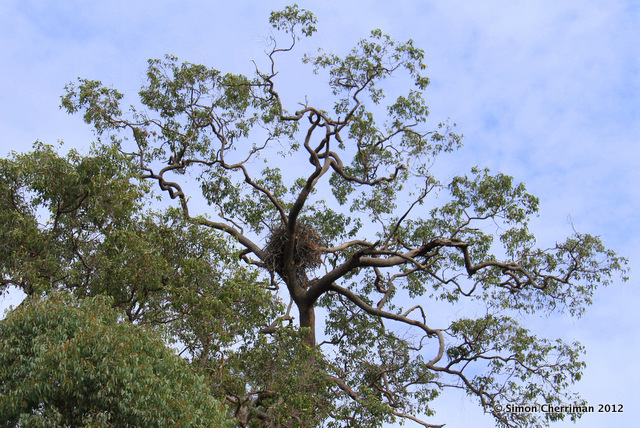Just in case you
don’t know - and I didn’t until I started this website - a ‘blog’
refers to a regular diary entry on the internet. It’s short for ‘web
log’, and was shortened to ‘blog’ in the way that lots of things get
made smaller for ease of saying!
Speaking of small things,
the time of year has arrived for some of our smaller frogs to begin
breeding. I just love listening outside during the evening and hearing
our wetlands alive with frogs! Here is a story I recently wrote for the
West Australian Newspaper’s ‘Ed!’ section, which will hopefully inspire
you to learn about frogs in your local area . . .
Imagine a cold winter’s
evening. The sun has just disappeared and it looks quite dark through
the window. A golden fire crackles merrily in the corner of the lounge.
The easiest thing to do is curl up in a beanbag with your favourite
book. But the more exciting option is to grab a torch, head outside and
venture down to the trickling creek. Go on. Do it! There are many little
creatures waiting to be discovered.
At first you feel cold,
dew-covered grass beneath your bare feet. Then soft mud. The sound of
water trickling through the valley fills your ears, and you scan the
reeds and paperbarks with your torch. No movement. You look up at the
crescent moon, and the darkness seems soothing. Not scary at all. Just
exciting to be out exploring at night.
Then there’s a sound.
“TICK_____tick___tick-tk-tk-tk…
TICK_____tick___tick-tk-tk-tk”…
It’s like someone dropping a
marble on a stone bench top. You squat down and it gets louder… then
there’s another. And another. As you hold your breath in silence, you
hear many tiny ticking sounds resonating all around you. You face one
and peer closer to the ground, and the noise is now louder than ever. It
almost hurts!
These calls are made by one of the smallest species of frogs found near Perth. Clicking or Glauert’s Froglets (
Crinia glauerti)
live in ephemeral wetlands and breed during winter. Their activities
are prompted by the first rains, which set the waterways flowing and
send the frogs into chorus. The clicking call is incredibly loud
considering its owner is only about 2 cm long! Males find a hidey-hole
at the edge of a waterway, often hidden among rocks and leaves, and call
loudly to attract females. Tadpoles take more than 3 months to develop,
a very long time considering eggs are only a couple of millimetres
wide! The only photo I currently have of this species is in the 2011
News post on frogs
here.
There
are about five species of similar sized froglets (another name for a
tiny frog) found in the Perth region. All are small and brown, are not
very good climbers (unlike our two larger tree frog species), and are
best distinguished by their call. The Bleating Froglet (Crinia pseudinsignifera),
pictured above left and right), is only found in the Perth hills, and
has a soft, continuous creaking or bleating voice. The males of this
species are very variable in appearance, and seem to have a skin colour
very similar to their surroundings. As you can see in the above photos,
the male on the left has a similar brown colour to the leaf he was found
on... and the male on the right is coloured to match the gravelly clay
of the wetland where I found him!
The Quacking Frog (Crinia georgiana;
pictured below left and right) can also vary in colour - but this
doesn’t seem to be related to environment. These are mostly brownish but
have all sorts of red patterns on their legs, belly and eyes. As you
might guess, a Quacking Frog’s call sounds like a duck! They are one of
the bigger species of Crinia, reaching
up to 30mm or so. I’ve seen male ‘quackers’ in large numbers calling
loudly and vying for a calling space! They require shallow, slow-moving
water in which to breed, so can usually be found in small ditches and
seeps coming off granite outcrops.
Because
they lay eggs in shallow water which doesn’t last that long, their
tadpoles only take around 35 days to develop, much quicker than other
species which are half their size! Last night I found lots of
beautifully marked males calling from a shallow ditch along the bridal
path in Parkerville. Just before heading home I was very excited to
locate a clutch of ‘quacker’ eggs - you can see them in the picture
below.
It’s
really important to have contact with our local native species so we
learn what they are, and eventually learned to value them. Frogs are one
of the easiest animals to find. The most fun thing about frogs is
getting outside and listening to them! See what species you can discover
near your house.
















